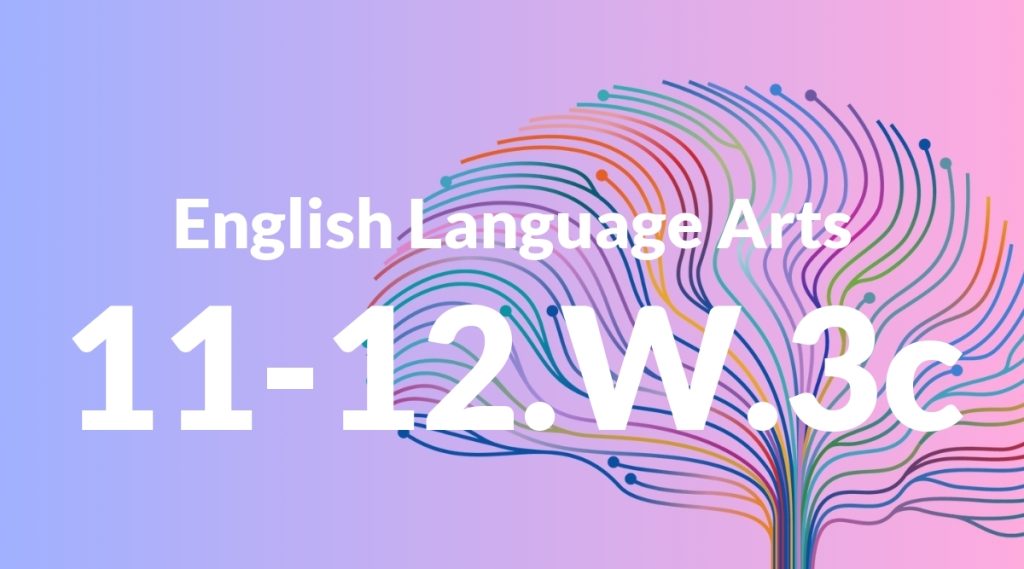Standard: 11-12.W.3 – Write narratives to develop real or imagined experiences or events using effective technique, well-chosen details, and well-structured event sequences.
Grade level: Grade 11-12
Subject: English Language Arts
Domain: Writing
Teacher Overview
This standard focuses on enhancing students’ ability to write narratives that develop real or imagined experiences using effective techniques, well-chosen details, and well-structured sequences. Mastery of this standard is crucial as it builds on students’ existing writing skills and prepares them for more advanced writing tasks in both academic and real-world contexts. Students should have prior experience with basic narrative structures, character development, and descriptive writing techniques.
Mastering this standard will enable students to tackle more complex writing tasks, such as novels or comprehensive research projects, and enhance their ability to engage readers through compelling storytelling.
Common Misconception 1
A common misconception is that narratives are exclusively fictional. This is incorrect because narratives can also be based on real experiences, such as personal essays or memoirs.
Intervention 1
To address this misconception, provide students with examples of non-fiction narratives and engage them in writing exercises that focus on real-life events.
Common Misconception 2
Another misconception is that narratives do not need a clear structure or sequence of events. This belief is incorrect as a well-structured plot is essential for maintaining reader engagement and ensuring the narrative is coherent.
Intervention 2
To remediate this, have students analyze successful narratives to identify their structures and practice creating detailed outlines before writing their own narratives.
Prerequisite Knowledge
Students should have a foundational understanding of basic narrative structures, character development, and descriptive writing techniques.
Subsequent Knowledge
After mastering this standard, students will be able to apply narrative techniques to more complex writing tasks, such as novels or comprehensive research projects, and will enhance their ability to engage readers through compelling storytelling.
Instructional Activities
- Analyze and deconstruct well-known narratives to identify effective techniques
- Write personal memoirs or autobiographical essays
- Create short stories with detailed outlines
- Develop scripts for short films or plays
- Engage in peer review sessions to provide and receive feedback on narrative writing




